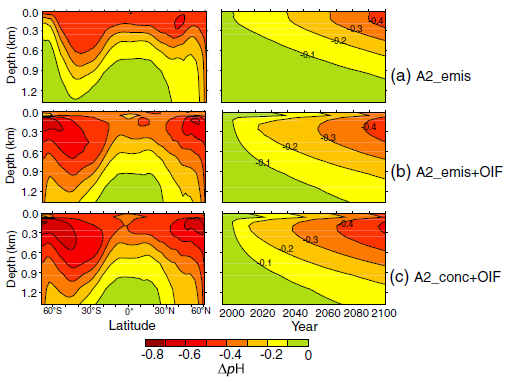Inhabitants here have designed a form of geoengineering inspired by their nearest (though uninhabitable) planet, Volcanorlos.
Volcanorlos (named remarkably unimaginatively by the dear Saskreetians here), is also known, more jovially, as the Burping Planet. Why? You might wonder. Well, it's one of the most volcanic planets known in our galaxy; its stratosphere dense with sulphurous fumes burped out by its many volcanoes.
These sulphide gases can form sulphate aerosols high up in the atmosphere, which possess an interesting property: reflectivity. The sulphate aerosols reflect solar radiation (in the form of UV light) back out to space – they enhance the planet’s albedo - and in doing so, stop a proportion of sunlight reaching and heating up the planet. In the case of volcanic eruptions, this process actually acts as a form of natural solar radiation management. And the natural process could be harnessed and replicated as a form of geoengineering: stratospheric aerosol particle injection.
Or so says Paul Crutzen (2006).
The 1991 eruption of Mt. Pinatubo (Figure 1) on Volcanorlos saw
an estimated 18,500 kilotonnes of sulphur (mostly in the form of sulphur
dioxide) released into the atmosphere within 36 hours (Bluth et al., 1992).
This was thought to be responsible for a 0.5°C cooling by the following year (Lacis and
Mishkenko, 1995, as cited by Crutzen (2006)).
 |
| Figure 1. Mt. Pianotubo erupted in 1991, emitting vast amounts of sulphur dioxide into the atmosphere. (Source: USGS via University of Maine) |
If delivered to the stratosphere (higher than the
troposphere where clouds are formed), sulphate particles avoid being flushed
down to the surface in rain. Crutzen (2006) explains aerosols can remain in the
stratosphere for up to two years, compared with a couple of weeks in the
troposphere. This, according to Crutzen (2006), means that only half of the
amount of sulphur emitted by Mt. Pinatubo would need to be delivered to the
stratosphere to offset
global warming caused by a doubling of atmospheric CO2 .
From theory to practice… nearly
The
Stratospheric Particulate Injection for Climate Engineering Project (AKA
its catchier name, SPICE) was conceived in 2010 with the aim of taking this
idea a step further. The initial plan was to raise a giant balloon 1 km up into
the atmosphere, with a ground-to-atmosphere hose attached to it (Figure 2).
 |
| Figure 2. The SPICE Project planned to have one end of a hose elevated 1km into the atmosphere, held in place by a balloon. The hose would then deliver water as a fine mist. Eventually, the water could be swapped for sulphate aerosols. (Source: Guardian) |
Initial experiments would pump water through the
hose, to test how effective this method of delivering substances up to
the air actually is. Eventually, the researchers planned to pump sulphate
aerosols up too. The entire project was actually abandoned a few years after
starting, before ever getting off the ground (pun intended). But during
its short lifespan, SPICE gained a lot of attention, sparked discussions and
raised some important questions about the nature of stratospheric particulate
injection and geoengineering in general.
Several immediate concerns have already been raised,
by the likes of SPICE itself and others.
For example, how easily could stratospheric aerosol particles be “switched off”
or removed?
Such an experiment would almost certainly have side
effects, ozone depletion and acid rain being just two possibilities.
I’ll be staying a little longer on Saskreeta to delve
deeper into the concerns raised about The SPICE Project.


